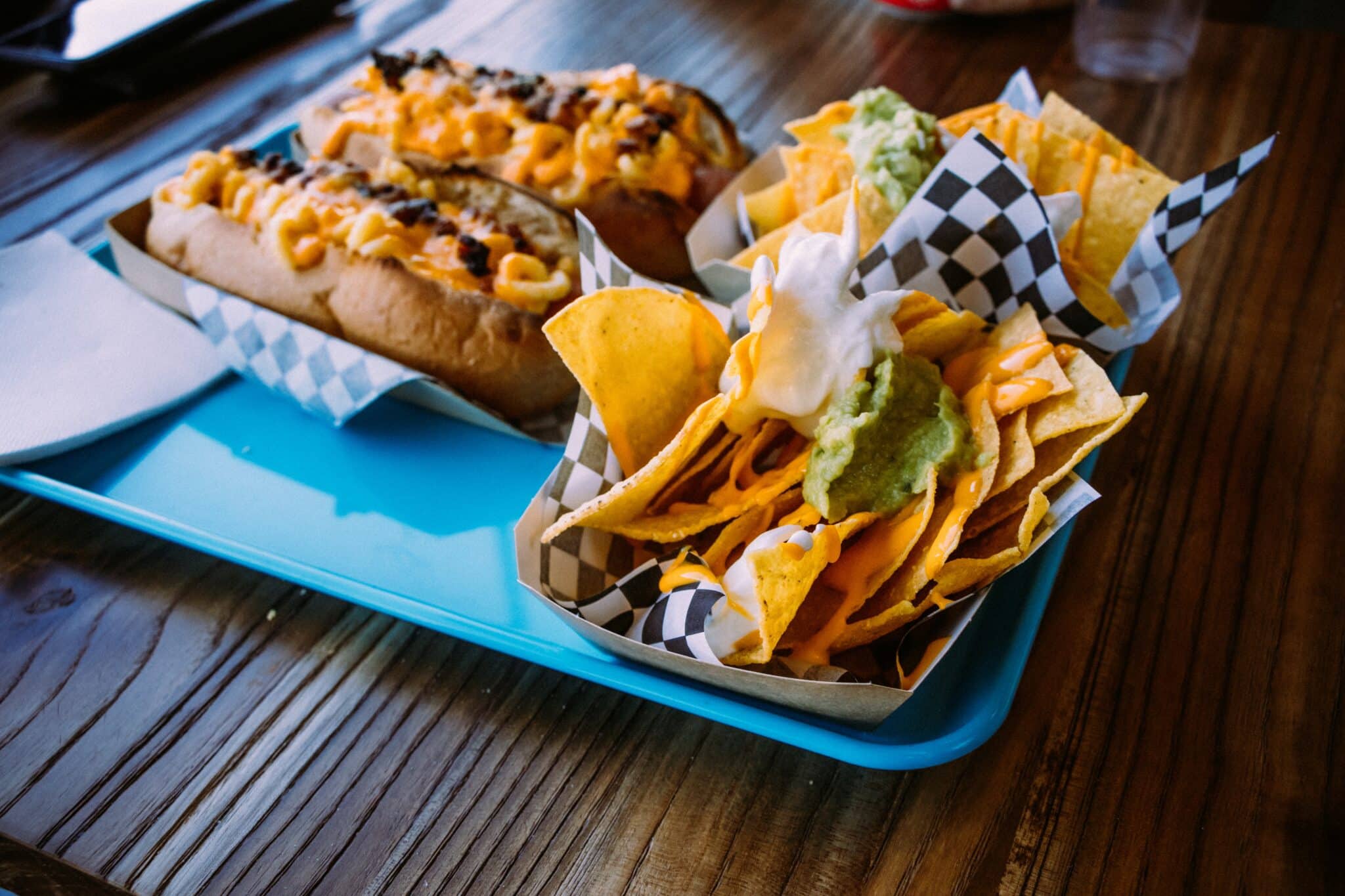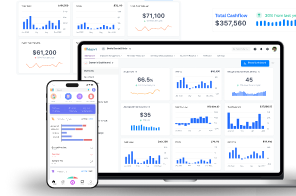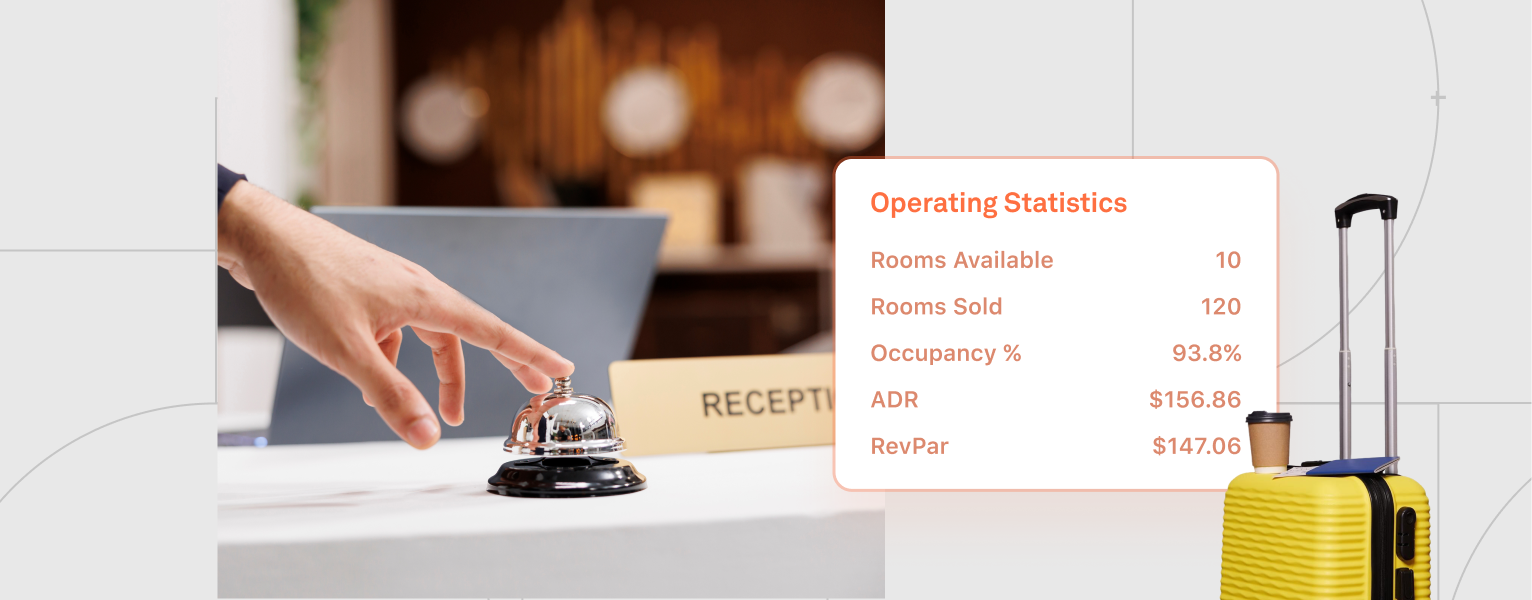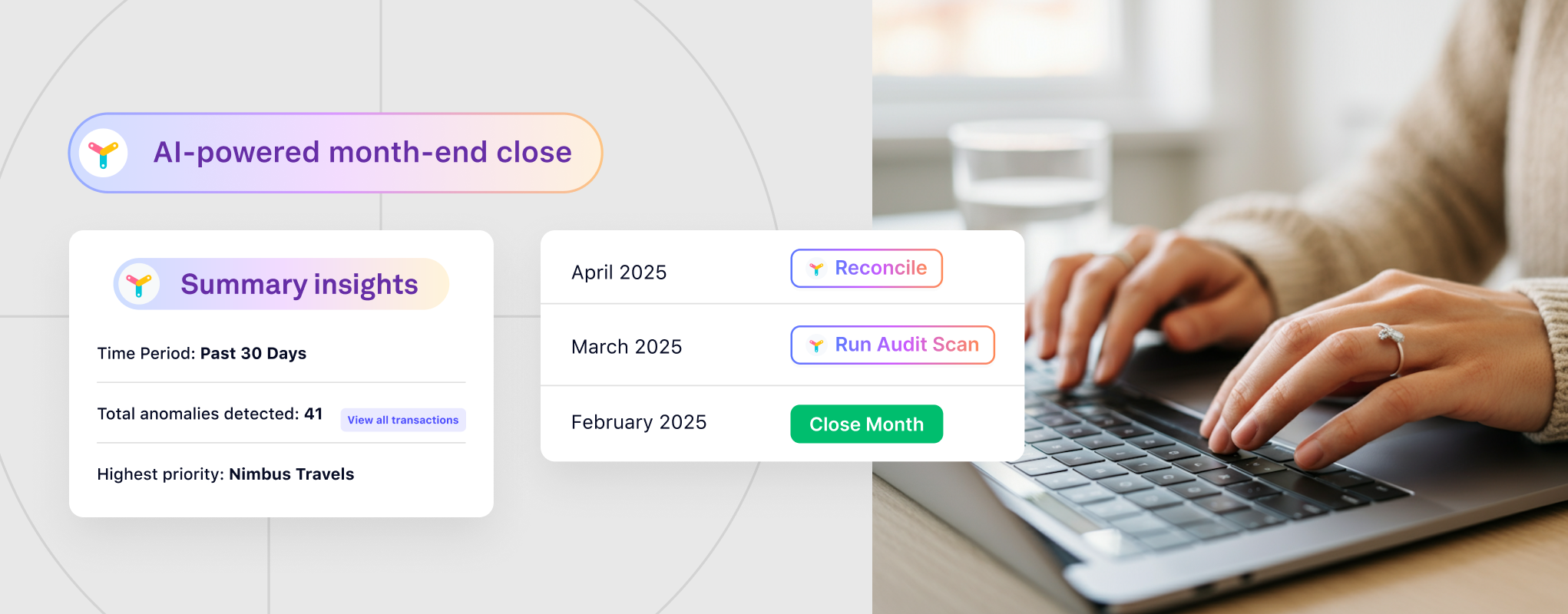Are you a quick-service restaurant (QSR) owner or operator? If so, understanding the financials of your business is essential to success, but it’s not the only metric you should be tracking. The KPIs you choose to measure can have a major impact on your ability to make informed decisions and adjust your strategies in order to maximize profits. In this blog post, we’ll be exploring some of the key performance indicators (KPIs) that you should be keeping an eye on in order to make the most of your QSR business.
1. Revenue/Sales:
Sales are a critical indicator of success for any business, particularly in the restaurant industry. Tracking sales figures is vital to understand key metrics such as break-even points and gross profit. In Quick Service Restaurants (QSRs), it’s important to track sales figures and other KPIs that can help you analyze the performance of your restaurant.
The break-even point measures the number of units sold needed in order to recover an initial investment.
In order to calculate gross profit, subtract your revenue from your cost of goods sold.
2. Cash Flow:
A restaurant’s cash flow is simply how much money is coming in and going out.
“If you don’t keep track of [cash flow] you’ll find yourself in a hole and unable to recover,” says the owner of Straits Restaurants in San Francisco.
To get a clear picture of a restaurant’s cash flow, you should track other key performance indicators (KPIs), such as labor costs, food, and beverage sales, and average check size. These indicators provide an overall picture of the restaurant’s financial health and can alert you to potential problems before they become major issues. Armed with this information, you can make informed decisions about how to best manage your restaurant’s resources.
3. Cost Of Good Sold (COGS):
COGS, which is short for Cost of Goods Sold, includes the costs of ingredients used to produce the items in your restaurant. This measurement of the cost of food and beverages has the highest expense associated with it, so it is an important metric for determining whether a restaurant is profitable.
COGS = Beginning Inventory + Purchased Inventory – Ending Inventory
By tracking COGS, you can identify any inefficiencies in the production process and make changes to reduce your costs. This is a critical KPI for QSRs as it gives you an insight into your inventory management, food wastage, and pricing. Knowing your COGS will help you make better decisions to ensure your restaurant is profitable and sustainable.
4. Labor Costs:
The cost of labor, i.e. salaries, taxes, and benefits, is a significant expense for most restaurants. On average, labor costs come out to be around 30-35% of a restaurant’s total revenue. To ensure that your labor costs are not getting out of control, measure the labor cost percentage for each shift, for the entire week, and for the entire month. Compare this data to previous months and years to determine if you’re on track or need to make adjustments.
5. Prime Cost:
When it comes to measuring the performance of a Quick-Service Restaurant (QSR), there is no better way to evaluate success than with a Prime Cost analysis. This is an important KPI that measures the cost of goods sold and labor, as a percentage of total sales. In other words, it’s a measure of the cost of running the business. The lower the Prime Cost, the more profitable your QSR will be.
.
There are two main elements that make up the Prime Cost: Cost of Goods Sold (COGS) and Labor. COGS includes the cost of food, beverages, packaging, supplies, and more that are used in the production of the products served. Labor includes wages, payroll taxes, and benefits associated with the employees.
Analyzing your Prime Cost is a great way to identify areas where you can save money and increase profitability. By keeping track of this key metric, you can see if there are any areas where you can reduce costs or increase efficiency. Keeping a close eye on your Prime Cost will help ensure that you remain profitable and successful.
6. Retention or Repeat Visitor Rate:
One of the most important KPIs in Quick-Service Restaurants (QSRs) is the retention or repeat visitor rate. This metric is a measure of how loyal your customers are, and it is a great way to determine whether your marketing strategies are working. The higher the rate, the more successful your QSR is in building relationships with customers.
When looking at this metric, you want to look at the percentage of customers that have visited your QSR multiple times within a set period of time. By tracking the number of visits from each customer, you can get an idea of the customer’s loyalty and how effective your campaigns have been.
By monitoring the retention rate at your QSR, you can make necessary changes to enhance customer experiences and increase your customer loyalty.
Conclusion:
With restaurant-specific KPIs, and by comparing them to the financials, quick-serve restaurants are able to gain insight into their overall performance and make informed decisions about their future strategy. Learn more.
Would you like to talk to a member of our team? Schedule a demo today.




